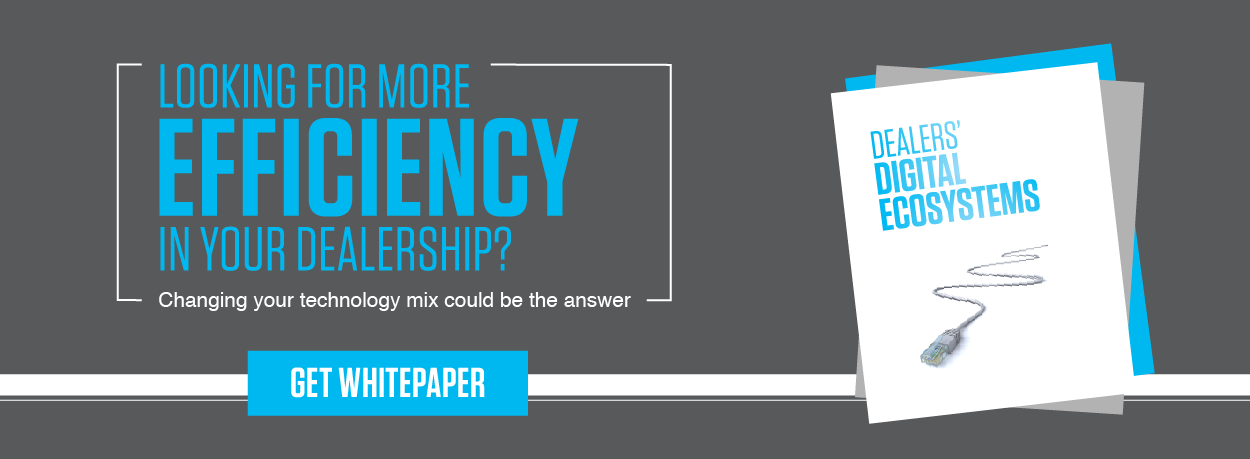As technology evolves, so does its language. And one of the newest tech buzz terms “the cloud” can be a little confusing. What is the cloud? How can it help your business? And what exactly does having your dealership’s data in the cloud really mean?
What is the cloud?
Essentially, the cloud refers to software or service that runs on the internet and is accessible through a web browser like Safari, Chrome, or Internet Explorer. Some software and services even use their own dedicated apps or programs. Google Drive, Dropbox, and even Netflix are all examples of cloud services. The advantage of the cloud is that you can access a software or service anywhere there’s an internet connection. In the case of Google Drive, you can make changes to a document on the cloud and your colleague can access the same document from a different location to make edits. Remote data storage and faster upgrade capabilities also improve the appeal of the cloud.
What does it mean to have your dealership’s data in the cloud?
Extending the logic of the Google Drive example to your dealership, if your dealership’s data is stored on the cloud, you can access it anytime, anywhere you have an internet connection. This means no more on-site servers that limit your data access to your dealership alone. It also means not having to fuss with ongoing maintenance, updates, and costs that come with a local server. With a cloud-based DMS, you can track cash flow, run reports, and monitor dealership functions from home or on the road in real-time, as long as you have an internet connection. Other benefits of having your data on the cloud include lower costs, increased liability, unlimited capacity, and better security.
How can the cloud benefit your dealership?
Cloud-based DMS platforms are the new standard for next-generation dealerships. Technology is no longer a luxury in auto sales. It’s a necessity. And the smartest dealerships are future-proofing their businesses with technology that saves time and increases productivity. A cloud-based DMS can improve customer communication, increase efficiency (and profits), and advance the overall perception of your business. Plus, as your dealership continues to hire younger, more tech-savvy workers, a cloud-based DMS ensures that your newest employees will transition to their new responsibilities faster and more efficiently.
Is Your Dealership in the Cloud?
As technology (and its language) continues to evolve, dealerships can either keep up with changing times or stay stuck in the past. The cloud is here to stay. It’s the wave of the future in technology. And it’s the new standard for DMS platforms in the auto sales industry.
See how a cloud-based DMS has helped San Tan Ford run all their stores from one DMS.



